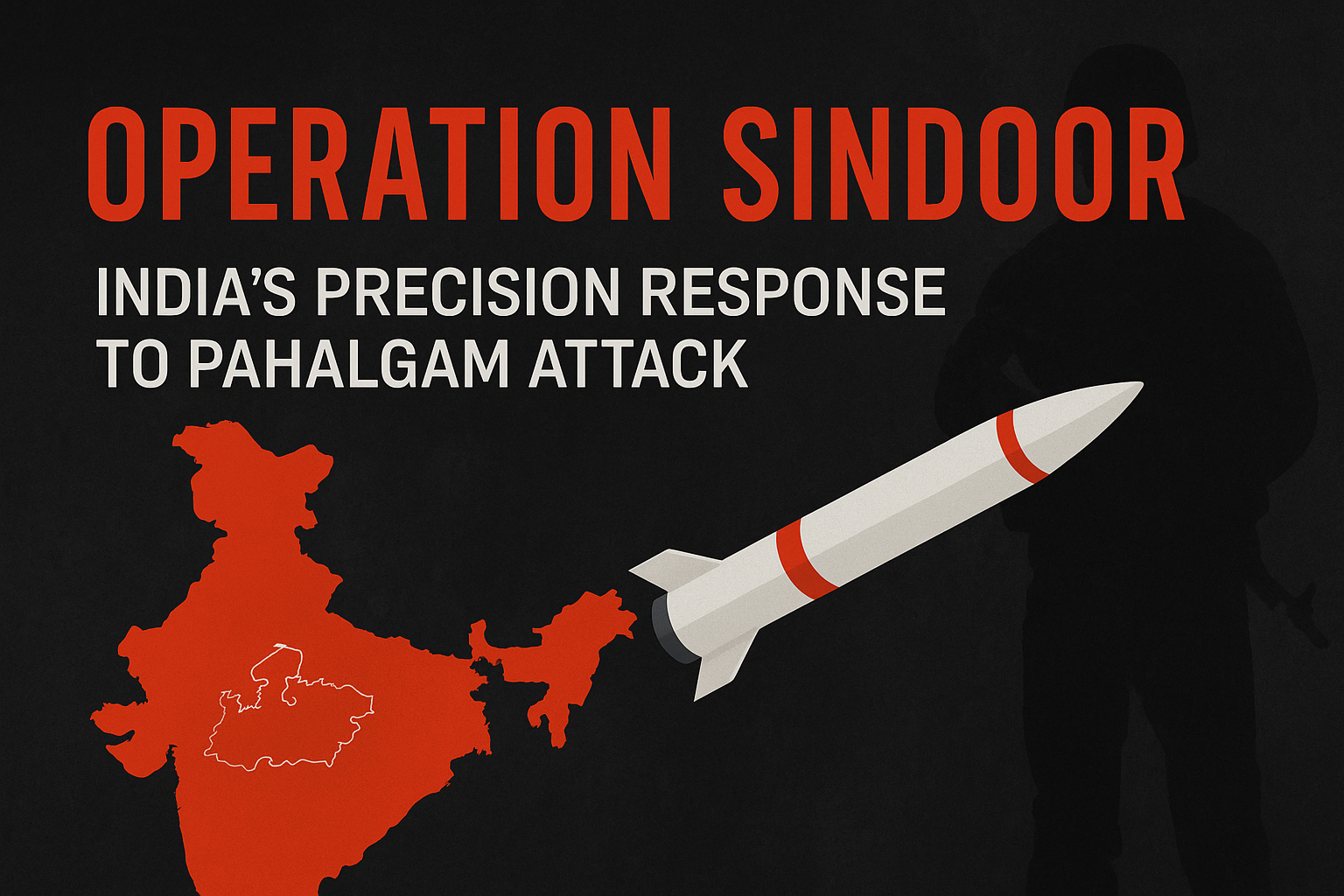
Introduction: Retaliation in Red
In a powerful display of strategic precision and military might, India executed Operation Sindoor—a covert, pre-emptive missile strike campaign targeting nine major terror installations in Pakistan and Pakistan-occupied Kashmir (PoK)—in response to the April 22 Pahalgam attack, which claimed 26 innocent lives. Named after the sacred red powder signifying courage and sacrifice, Operation Sindoor sends a clear message: India will no longer tolerate proxy terrorism across the LoC.
The Pahalgam Trigger: A Watershed Moment
The brutal Pahalgam attack on unarmed civilians during a religious gathering in South Kashmir was traced back to operatives affiliated with Pakistan-based terror networks including Jaish-e-Mohammed (JeM) and Lashkar-e-Taiba (LeT). Intelligence intercepts suggested that the attack had been planned months in advance at cross-border training camps with direct support from ISI handlers.
The incident was not just a humanitarian tragedy—it was a grave national insult, prompting an immediate and multi-tiered response from India’s security establishment.
Operational Overview: Timeline and Execution
Launched in the early hours of May 7, Operation Sindoor was conducted over a 23-minute high-intensity missile barrage. Indian Air Force (IAF) assets including Rafale fighter jets, SCALP cruise missiles, and AASM Hammer bombs were deployed from strategic airbases. The entire operation was executed without any airspace breach, using standoff weapons capable of striking deep into enemy territory.
Sources in defence intelligence confirmed that nine critical targets were identified after months of satellite imagery analysis, HUMINT from ground operatives, and electronic intercepts.
The Nine Targets: Breakdown of Terror Hubs Hit
According to verified intelligence, the following facilities were neutralized:
- Markaz Subhan Allah, Bahawalpur:
A JeM headquarters housing indoctrination centers and explosive labs. Reportedly housed key planners behind Pulwama and Pahalgam attacks. - Markaz Taiba, Muridke:
LeT’s main training complex with over 150 militants in residence. Known for training suicide bombers. - Muzaffarabad (PoK):
A staging ground for infiltration routes into Kashmir. Bombing led to significant secondary explosions indicating ammo storage. - Rawalakot:
Functioned as a logistical hub for cross-border terror missions. Struck using bunker-penetrating missiles. - Kotli (PoK):
Hosted ISI officers and was linked to funding and planning arms of terror outfits. - Bhimber (PoK):
Militant launchpads and transit camps situated here were eliminated. - Chakswari:
A satellite base linked to Markaz Taiba. Intelligence marked it as a backup training site. - Neelum Valley:
Known for housing radar-jamming units and covert signal-intelligence stations used by ISI. - Jhelum and Chakwal belt:
These semi-urban terror safe houses facilitated sleeper cell movements. Their targeting showed India’s deep penetration into intelligence infrastructure.
Strategic Doctrine Shift: Beyond Balakot
Operation Sindoor reflects India’s evolution in asymmetric warfare. Unlike the 2019 Balakot airstrike, which was more symbolic, Sindoor is systematic, deep-penetration, and multi-domain.
Indian planners ensured:
- Zero civilian casualties by deploying thermal imaging and pre-strike surveillance.
- No airspace violation, using long-range missiles.
- Operational surprise, with no pre-strike troop or asset movement along borders.
One high-ranking military official stated, “Sindoor was more than retaliation; it was disruption at the root level.”
Pakistani Response and Global Reactions
Pakistan’s initial reaction was denial, followed by downplaying the incident as “fabricated media narrative.” However, increased emergency activity in hospitals across Bahawalpur and PoK, along with heavy army movement, suggested otherwise.
Internationally:
- United States and France urged restraint but acknowledged India’s right to defend its citizens.
- Russia maintained neutrality but condemned terrorism.
- United Nations called for “measured responses” while emphasizing the need to dismantle terror networks in South Asia.
Implications on Indo-Pak Relations
Operation Sindoor may have changed the deterrence calculus. Unlike previous skirmishes or surgical strikes, this operation demonstrated:
- India’s precision-strike capacity using indigenous and Western platforms.
- The irrelevance of geographical sanctuaries for terror groups.
- A shift from reaction to proaction—hitting before another Pahalgam-type tragedy could unfold.
Voices from the Ground
In Kashmir, Operation Sindoor was met with mixed reactions. Locals in Pahalgam, still grieving, welcomed the response, hoping it would prevent further bloodshed.
One survivor of the April 22 massacre said:
“I saw my brother die in front of me. If Sindoor can stop another family from living this nightmare, then it is justified.”
Conclusion: Sindoor as a Statement
Operation Sindoor isn’t just a military operation—it’s a doctrinal message. That India will pursue those who attack its sovereignty, even across hostile borders, using smart power and surgical precision.
The red of Sindoor, once symbolizing marital devotion, now symbolizes national resolve.
Read: Operation Sindoor: India Avenges Pahalgam Attack With Strikes on Terror Camps






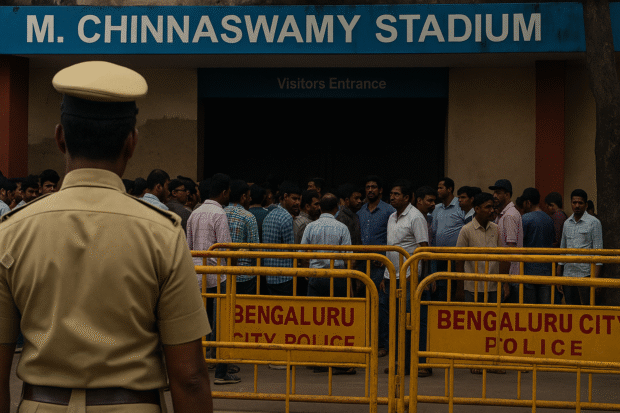
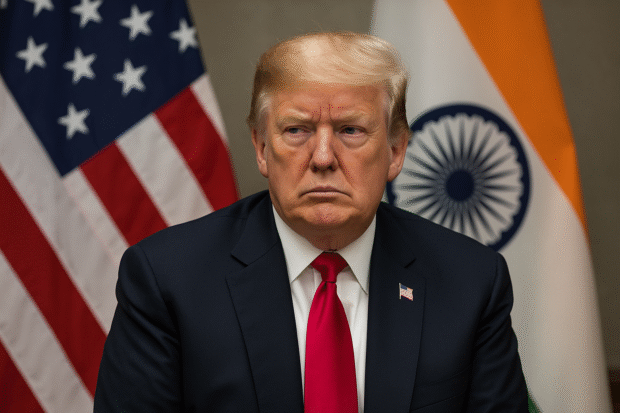


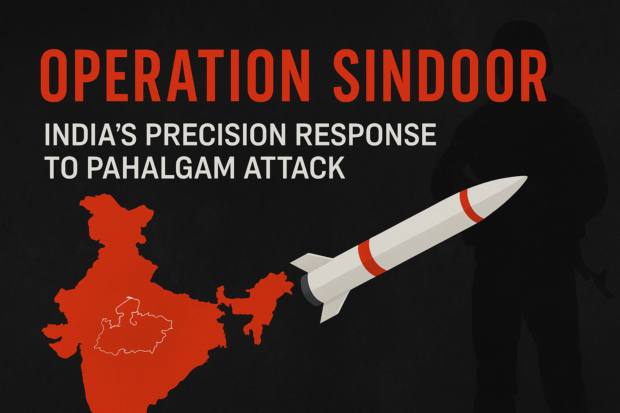



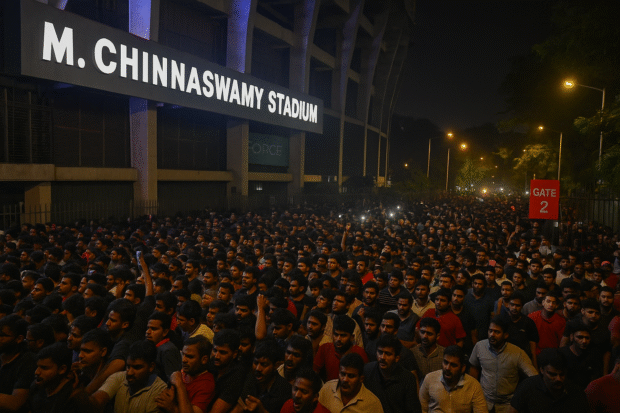

Be the first to leave a comment